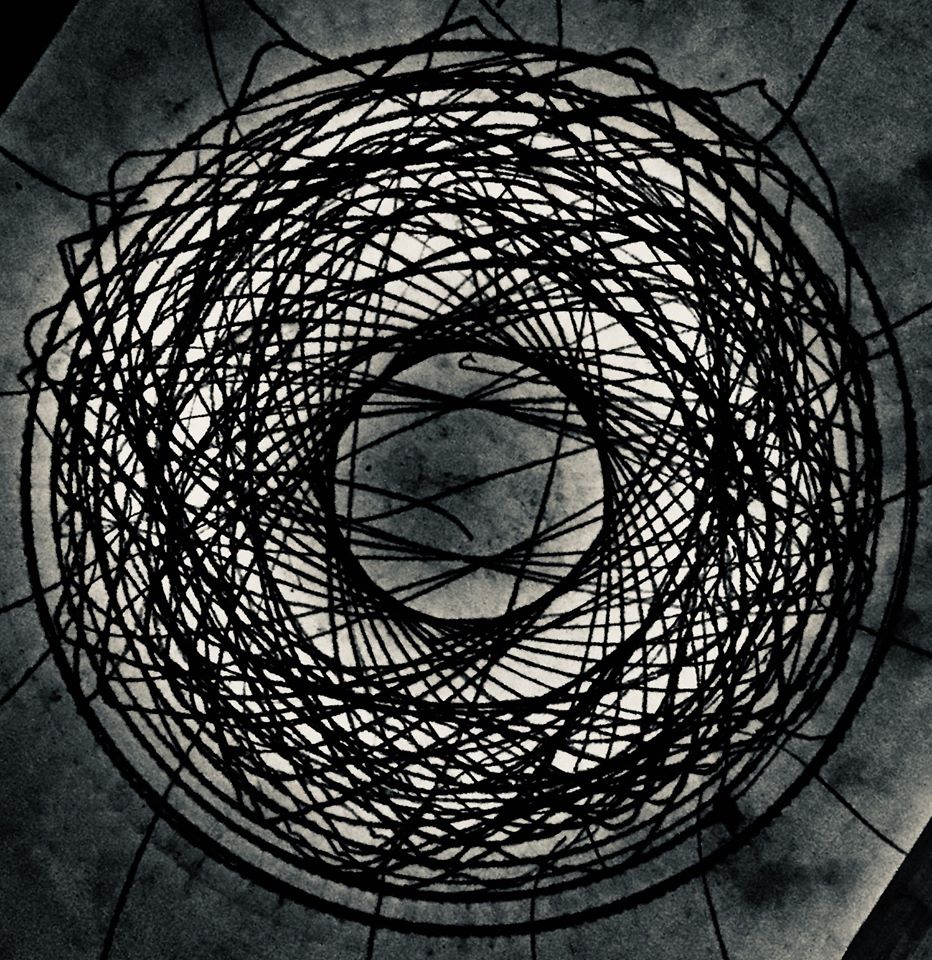Encounter 1: TTRPG? And what do these dice do?
If you’re familiar with the five-letter initialism TTRPG, go grab yourself a drink or snack as I do a quick catch-up round with those just jumping into this world.
Are they gone? Cool, here we go…
TTRPG stands for Table-Top Role-Playing Game. It’s a game played by friends, frenemies, and/or strangers, usually at a table (hence the term “table-top”), where each player either creates their own character to their liking or they choose or are given a pre-generated character. Once they have their character, the game is played as the player role-plays that character. Meaning, the person running the game (I call them “Guides”) will place the player’s character in situations where the player chooses what that character would do in the moment. These encounters can be resolved by the character in various means from using reason to talk their way through or resorting straight to violence to inhume any who do not agree with their character’s reasoning. Some players get deep into the character and use an accent or voice for that character. I most definitely am not one of those types of people. Okay, I am, but let us continue.
These games make use of different types of dice that are used to determine the success or failure of some of the character’s actions. That random roll of a die, plus or minus any bonuses or hinderances, will decide the fate of many a character’s lives. The most popular of TTRPG’s now has become a world-wide sensation with appearances in television shows, movies, videogames, cartoons, novels, podcasts, and pretty much everything else. You may have heard of it: Dungeons&Dragons. D&D has cornered the market on TTRPG’s with its d20 system. The most used, and recognized, die of the game is the 20-sided icosahedron, but there’s also 12-, 10-, 8-, 6-, and 4-sided dice used for various other rolls.
Oh, look, they’re back with their drink! Wonderful timing, welcome back. Now on to the dice used in Source of Epics. Being one that always has to do things the hard way, or so I’ve been told, I created a game that bucks the popular trend of the d20 system and went with the d100! This isn’t a size thing, really. The d100, also referred to as percentile dice, is a set of two 10-sided dice, one with the tens and the other with the single units. When rolled, they can produce a number from 01 to 100. In the d20 system, a roll is considered a success if the number on the die rolls higher that a target score, i.e. high roll wins. In my percentile game, it’s the opposite, you’re going to want to roll under the target score. The closer to the number 01 rolled, the better the success. The percentile dice roll will determine the success, or failure, of many aspects within Source of Epics, including, but not limit to, Personal Characteristic Score (PCS) Checks, Ability Check Set Checks, Tolerance Checks, and the initial roll of your Character’s Image. Well, with Image, it’s a wonky one where you’re going to want to roll high. The 8-sided dice are used for damage, healing, and KI Restoration. If you’re scratching your head at those terms, I understand, and you will too as we continue these Knowledge of (Source of Epics) Encounters!
In our next encounter, we’ll begin to go over Personal Characteristic Scores (see, I told you!) which are Awareness, Balance, Brawn, Charm, Endurance, Image, and Intellect.
See you, then!

